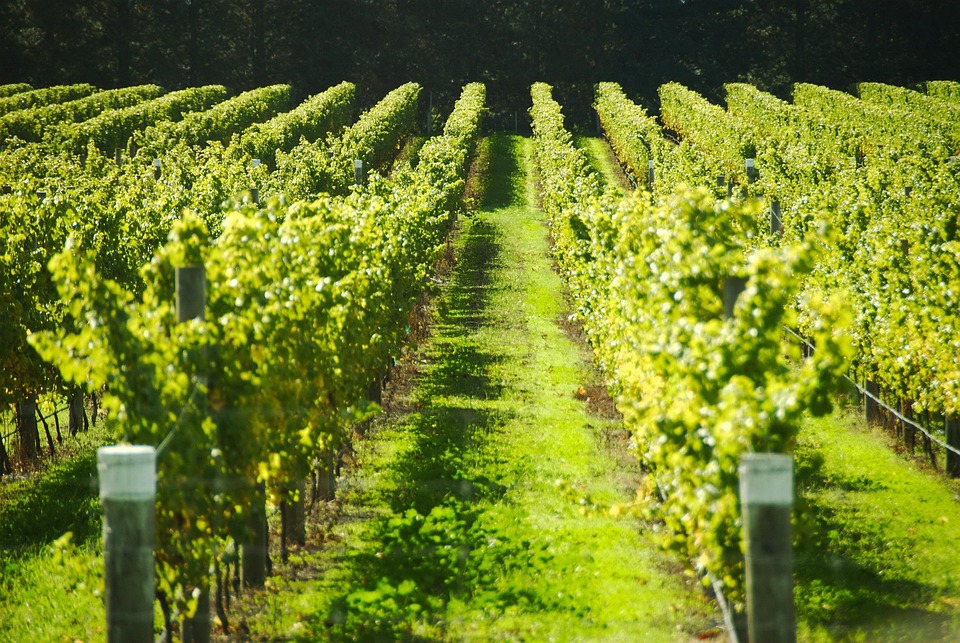Scientists from Harvard published an article in the journal Nature Climate Change. They suggest that over time, owners of some of French vineyards will have to move to other regions, or even change the type of activity. Data for the past 500 years have shown that the grape harvest in France now is gathered in average two weeks earlier than in the past.
The climate change became especially noticeable after 1980, most of all in Champagne, Burgundy and Bordeaux. These changes affect not only on the time of maturation, but also the quality of the grape harvest, note the researchers. Wine regions have marked a record high yields several times in recent years.
However, if climate change continues, the grape "pinot noir" in Burgundy or "Merlot" in Bordeaux will no longer be able to easily adapt to such changes. In this case, the best conditions for "Chardonnay" will develop in the south of England, and the region will be able to replace the French Champagne.
In many countries, the wine producers are relatively easy to adapt to changing climatic conditions by moving production to another region. However, this is difficult in France, since the vineyards are geo-referenced there. In XX century, the average annual temperature in France has increased by 1.5 degrees Celsius, and the warming still continues.
France is the largest world manufacturer of wine and wine materials (46,840,300 hectoliters in 2009, equivalent to 7-8 billion bottles). France ranks second in the world after Spain in terms of vineyard area (836,999 hectares in 80 departments in 2009, which represents 1.3% of the country's territory and 2.8% of the agriculture land). The country contends with Italy for the title of biggest wine exporter (export revenues amounted to EUR 6.7 billion in 2008). French wine makes up 17.6% of world wine exports (2005). France produces wines of varying quality from the most expensive kinds, known throughout the world, to humble and less-known ones. This sector of the economy, the proceeds of which account for EUR 18 billion, provides 120 000 jobs.
source: nature.com
The climate change became especially noticeable after 1980, most of all in Champagne, Burgundy and Bordeaux. These changes affect not only on the time of maturation, but also the quality of the grape harvest, note the researchers. Wine regions have marked a record high yields several times in recent years.
However, if climate change continues, the grape "pinot noir" in Burgundy or "Merlot" in Bordeaux will no longer be able to easily adapt to such changes. In this case, the best conditions for "Chardonnay" will develop in the south of England, and the region will be able to replace the French Champagne.
In many countries, the wine producers are relatively easy to adapt to changing climatic conditions by moving production to another region. However, this is difficult in France, since the vineyards are geo-referenced there. In XX century, the average annual temperature in France has increased by 1.5 degrees Celsius, and the warming still continues.
France is the largest world manufacturer of wine and wine materials (46,840,300 hectoliters in 2009, equivalent to 7-8 billion bottles). France ranks second in the world after Spain in terms of vineyard area (836,999 hectares in 80 departments in 2009, which represents 1.3% of the country's territory and 2.8% of the agriculture land). The country contends with Italy for the title of biggest wine exporter (export revenues amounted to EUR 6.7 billion in 2008). French wine makes up 17.6% of world wine exports (2005). France produces wines of varying quality from the most expensive kinds, known throughout the world, to humble and less-known ones. This sector of the economy, the proceeds of which account for EUR 18 billion, provides 120 000 jobs.
source: nature.com



















